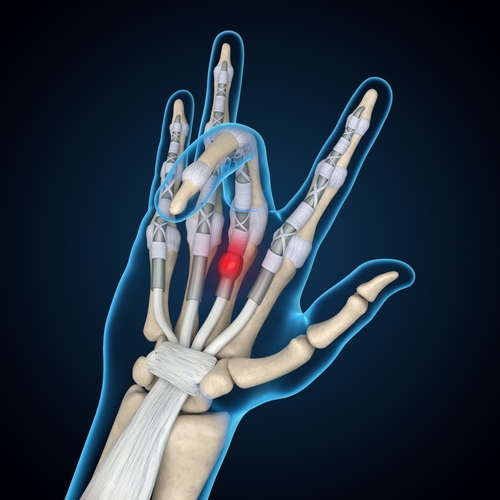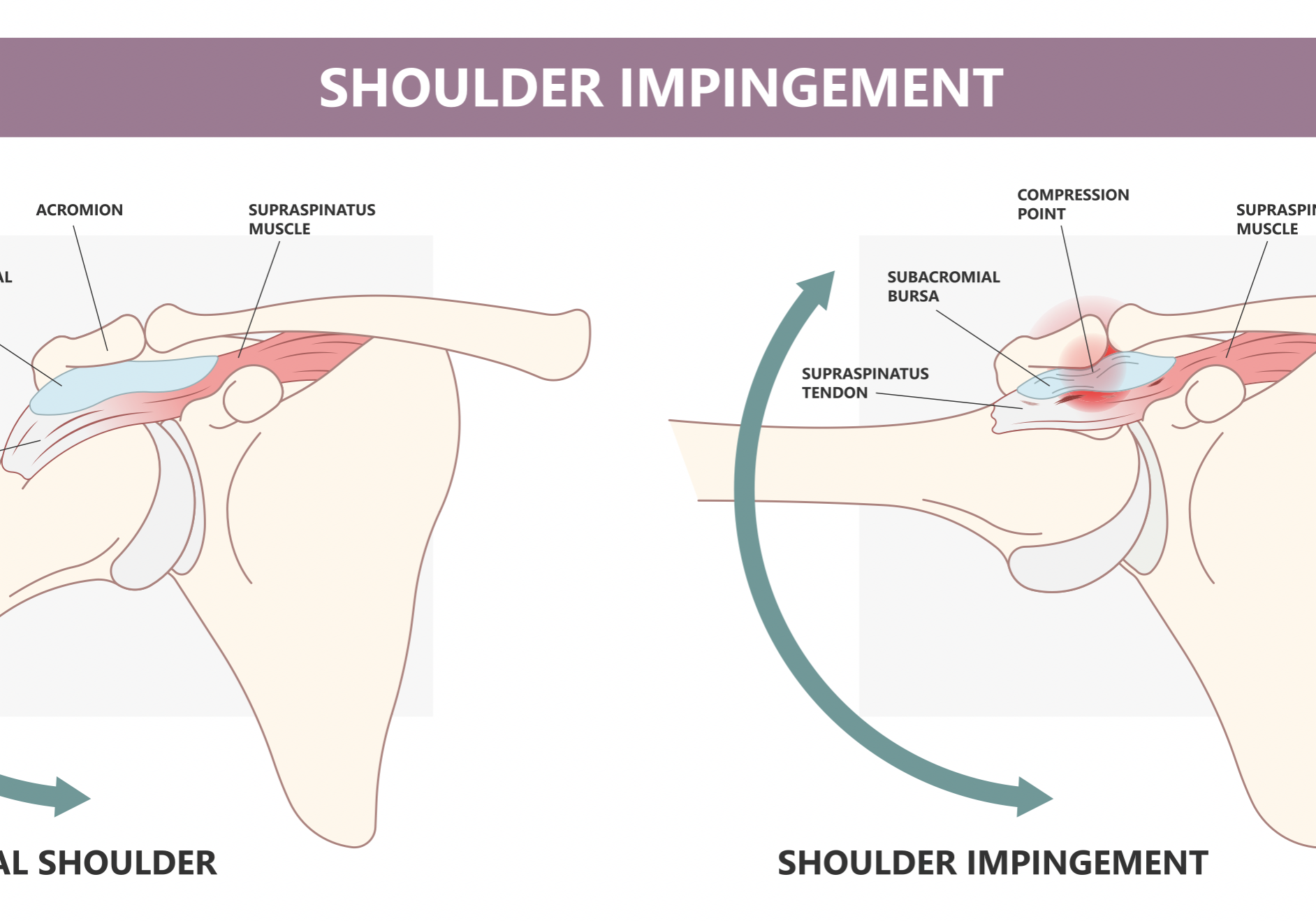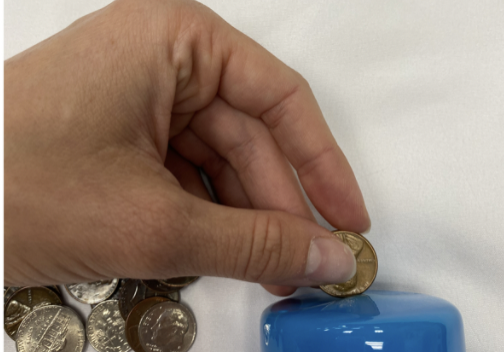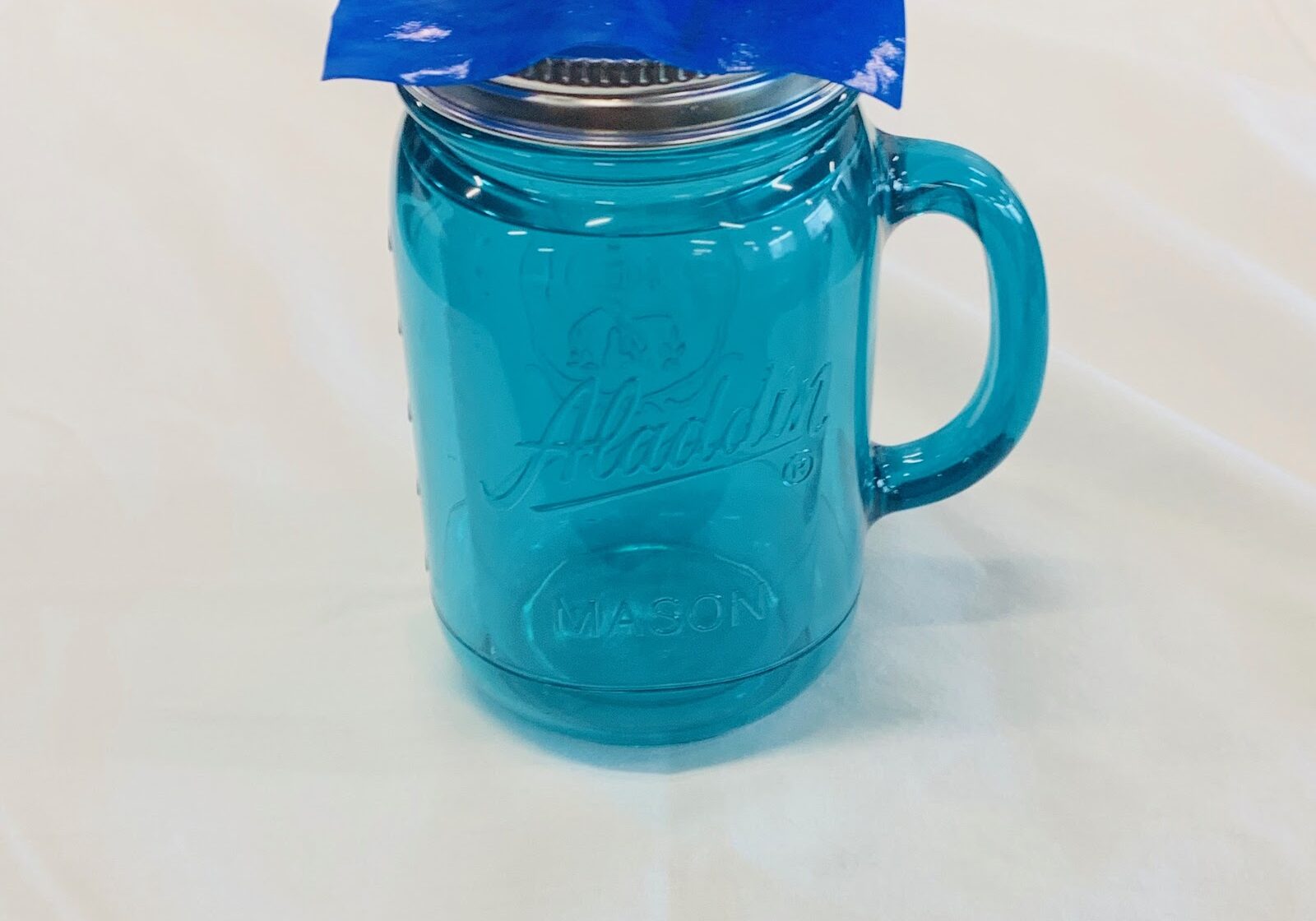Surgical vs. Conservative Treatment for Pediatric Trigger Finger
Filed under Uncategorized
Jia, L., King, J. D., Goubeaux, C., Belardo, Z. E., Little, K. J., Samora, J. B., Marks, J., &
Shah, A. S. (2023). Presentation and management of the pediatric trigger finger: A
multicenter retrospective cohort study. The Journal of Hand Surgery, 48(7), 665–672.
https://doi.org/10.1016/j.jhsa.2023.03.015
Article Review: Kelsy Melton

The Skinny: The goal of this study conducted by King et al., (2023) was to compare operative
and nonoperative treatment outcomes for pediatric trigger finger (PTF) based on presentation of the
condition. This is a rare and under-studied condition that can come from several anatomical
etiologies including the thickening of flexor digitorium profundus (FDP) and/or flexor digitorum superficialis (FDS), or an abnormal relationship between FDS or FDP, or constriction of the A1, A2 or A3 pulleys.
This was a retrospective cohort study conducted through the medical record review of three children’s
hospitals. The record review identified patient demographics, pediatric trigger finger characteristics, treatment strategies, and outcomes and ultimately included 321 patients 18 years and younger with a
combined total of 449 PTFs.

In the Weeds: Patients were excluded from the study if they had prior surgeries on the affected
digits or if they had a predisposing medical condition. Medical record reviews included patient
and pediatric trigger finger characteristics, nonsurgical treatment strategies, duration, and outcome, as well as operative treatment strategies, complications, and outcomes. Nonsurgical treatment strategies
included monitoring, stretching, nighttime extension splinting, nonsteroidal anti-inflammatory
drugs, and corticosteroid injections. Operative treatment included A1, 2 and/or 3 pulley release,
ulnar and radial FDS slip excision, and mass/tumor removal. A statistical analysis of the reviewed
data was utilized to determine a difference in the resolution of symptoms between splinted vs.
non-splinted pediatric trigger finger. A second analysis was completed to determine the difference between A1 pulley release alone versus A1 pulley release in combination with other procedures.
Bringing it Home: 80% of patients pursued non-surgical management of pediatric trigger finger initially, but after persistent worsening of symptoms 20% of those patients sought surgical intervention. The most common nonsurgical management was extension splinting and monitoring, resulting in 75% of
these pediatric trigger fingers achieved complete resolution of symptoms within 6 months., but high-grade pediatric trigger figners were significantly less likely to achieve this complete resolution with non-surgical management.
Overall, it was found that pediatric trigger fingers managed operatively had significantly higher rates of complete resolution compared with those managed conservatively. This confirmed the authors’ hypothesis that operatively managed pediatric trigger fingers have a significantly higher rate of symptom resolution than conservatively managed pediatric trigger fingers.
Rating: Overall, this study receives a 3 out of 5 rating. The large sample size and significant
findings of this study provide valuable insight into the treatment of a historically under-studied
condition. One of the biggest limitations of the study involves the potential for bias due to it
being a retrospective review. It is also possible that these findings are not generalizable to
patients with a predisposing medical condition, since these individuals were excluded from the
study.
More To Read
Shoulder Pain: The Effectiveness of Conservative Treatment
Reference: Steuri, R., Sattelmayer, M., Elsig, S., Kolly, C., Tal, A., Taeymans, J., & Hilfiker, R. (2017). Effectiveness of conservative interventions including exercise, manual therapy and medical management in adults with shoulder impingement: a systematic review and meta-analysis of RCTs. British journal of sports medicine, 51(18), 1340–1347. https://doi.org/10.1136/bjsports-2016-096515 By: Tayler Roost The Skinny: This study…
Read More3 Household Objects for 9 different Hand Therapy Activities
Do you struggle to develop new treatment ideas or even ideas for your virtual hand therapy visits? Thinking of unique ways to use objects your clients have in their homes can be half the battle. This blog post presents 3 different ways to use 3 everyday items. Item number 1: A tennis ball (hand therapy…
Read More6 of our Favorite Adaptive Equipment Tools for CMC Osteoarthritis
Individuals struggling with osteoarthritis of the 1st CMC joint usually have difficulty with daily activities and it can become very frustrating. Everyday tasks such as cutting food, opening containers, and donning a button up shirt can become painful and slow. The largest contributor to the overall function of our hand is the thumb. If the…
Read MoreSign-up to Get Updates Straight to Your Inbox!
Sign up with us and we will send you regular blog posts on everything hand therapy, notices every time we upload new videos and tutorials, along with handout, protocols, and other useful information.





